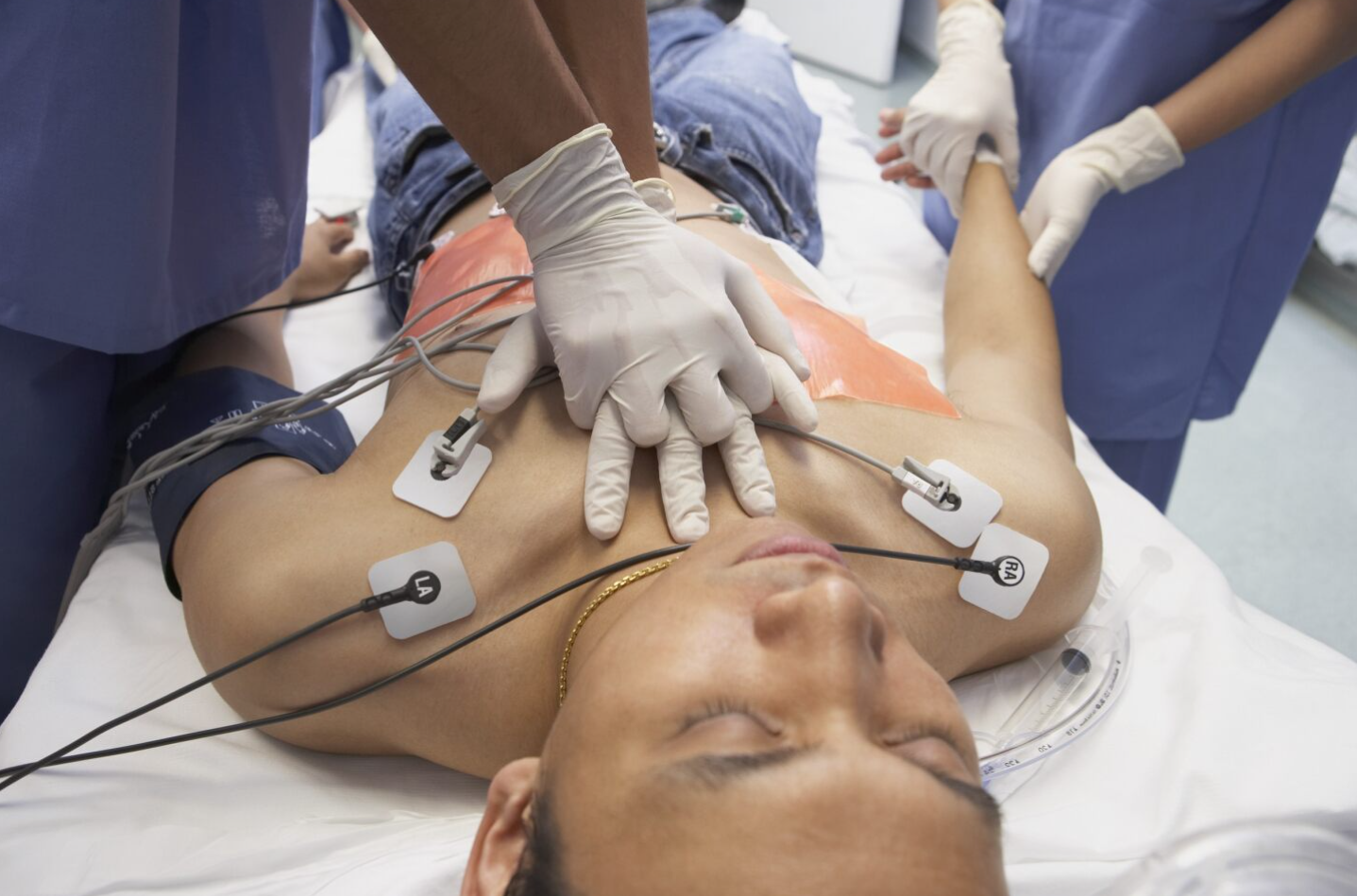AMR Imperial County Earns National Award for Lifesaving Cardiac and Stroke Care
6.19.2025
The American Heart Association recognizes the local California county EMS agency for its rapid, research-based response.
American Medical Response (AMR) Imperial County, a division of Global Medical Response (GMR), has earned the 2025 American Heart Association’s Mission: Lifeline® EMS Bronze achievement award recognizing the agency’s commitment to delivering fast, evidence-based care for patients experiencing the most serious types of heart emergencies. This is the second consecutive year the agency has received the program’s Bronze award.
The award highlights EMS agencies that meet or exceed national benchmarks in emergency cardiovascular care. For AMR, it reflects a continued focus on patient outcomes, clinical precision and seamless coordination with hospitals across Imperial County.
“Being honored with this award two years in a row speaks not just to our consistency, but also our relentless commitment to delivering outstanding care in every scenario,” said Brandon Walls, director of operations for AMR Imperial County. “Our crews train for these pivotal moments, and the impact of their dedication is seen in the lives they help save.”
How AMR Imperial County Meets National Care Standards
Each year, hundreds of thousands of people in the United States experience ST-elevation myocardial infarctions (STEMIs) — the most dangerous type of heart attack, caused by a complete blockage of blood flow to the heart. In these cases, every minute matters. The faster a patient receives treatment, the better their chances of survival and recovery.
To earn the Mission: Lifeline EMS Bronze Award, EMS agencies must meet strict national benchmarks for emergency heart care for at least one quarter of the year, including:
- Completing an electrocardiogram (ECG) within 10 minutes to quickly identify a heart attack
- Administering medications like aspirin before hospital arrival
- Alerting hospitals in advance about suspected stroke patients, with pre-arrival notifications of less than 10 minutes for patients with STEMI positive ECG
- Stroke screen performed and documented, to include last known well (when a person was most recently observed to be functioning at their normal state) and evaluation of blood glucose levels
- Limiting on-scene time to under 15 minutes to avoid treatment delays
- Transporting patients to PCI-capable centers (facilities equipped to perform emergency heart procedures) within 45 minutes
- Ensuring first medical contact to balloon inflation — a procedure that reopens blocked arteries — occurs within 90 minutes, the national gold standard for STEMI care
These aren’t just targets for AMR — they’re the baseline. EMS personnel follow advanced protocols that include early ECG acquisition, STEMI alert activation from the field, and timely medication delivery. The agency also works closely with area hospitals to streamline care transitions and improve outcomes.
In 2024, AMR Imperial County responded to 282 cardiac and stroke emergencies – 135 cardiac arrests and 147 strokes – consistently exceeding national standards through strong local partnerships and rapid, coordinated response.
“Identifying a heart attack early and beginning treatment on the way to the hospital can be life-changing,” said Walls. “Those first few minutes aren’t just crucial — they often tip the scale between life and loss.”
About the Mission: Lifeline Award
The American Heart Association’s Mission: Lifeline EMS recognition program honors EMS agencies that improve outcomes for patients experiencing the most severe heart attacks and strokes. The program promotes high-performance care through integrated systems that connect dispatch, EMS and hospitals in time-sensitive emergencies.
“Arguably the most important link in the chains of survival for acute stroke and cardiovascular emergencies is emergency medical services and prehospital professionals,” said Dr. Kacey Kronenfeld, FAEMS, chair of the American Heart Association’s Mission: Lifeline EMS Taskforce. “Early condition identification, stabilization and prehospital interventions, and initiation of actions within the regional systems of care provide patients with the best chance for receiving expedient definitive therapies leading to optimal outcomes and maximized quality of life.”
A Continued Commitment to Excellence
AMR Imperial County remains focused on one goal when it comes to taking care of the community: delivering high-quality care when and where it matters most. Whether responding to a 911 call or coordinating with hospital partners in the moments before a critical procedure, AMR crews act quickly, think critically and care deeply — because every heartbeat deserves a fighting chance.
“Being recognized by the American Heart Association is truly an honor, but what motivates us most is knowing our work helps save lives,” said Walls. “When EMS and hospital teams function as a unified system, the results are powerful — and that’s exactly why we do what we do.”
